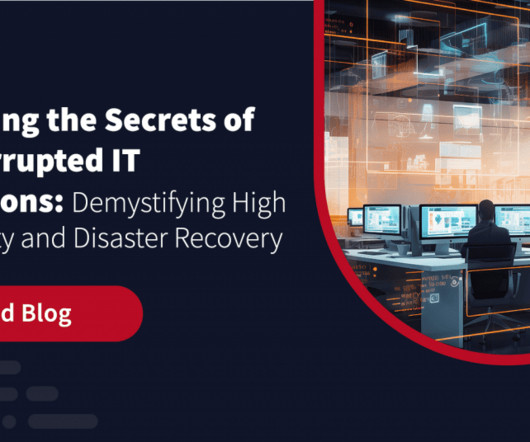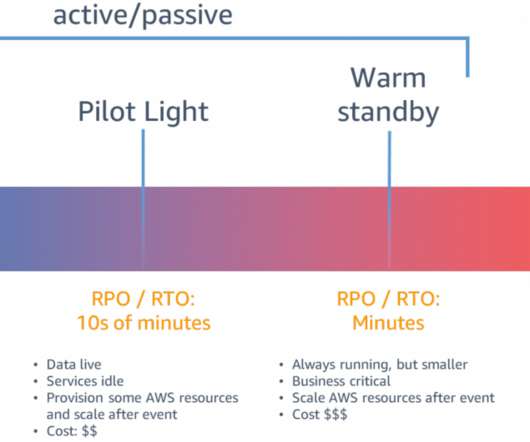Unlocking the Secrets of Uninterrupted IT Operations: Demystifying High Availability and Disaster Recovery
Zerto
SEPTEMBER 12, 2023
There are two types of HA clustering configurations that are used to host an application: active-passive and active-active. The standby servers act as a ready-to-go copy of the application environment that can be a failover in case the primary (active) server becomes disconnected or is unable to service client requests.











Let's personalize your content